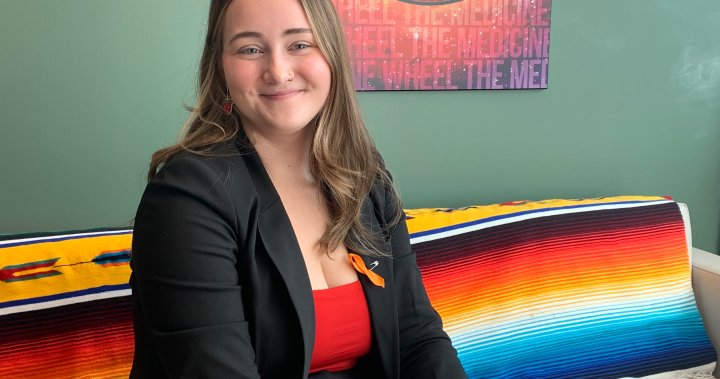Indigenous Doctors Address Inequities and Lack of Representation in Canadian Healthcare System
Kelsey Allen, a 25-year-old medical student from the Qalipu Mi’kmaq First Nation in Newfoundland, has always dreamt of becoming a doctor. However, she is acutely aware of the barriers she faces as an Indigenous woman trying to navigate a healthcare system that lacks representation and perpetuates inequities.
In her second year of medical school at McMaster University, Ontario, Allen hopes to eventually serve her community by being an Indigenous doctor who practices holistic medicine. She believes that healthcare should acknowledge that patients are more than just their symptoms or diseases.
Canada has made progress with regards to Indigenous representation in healthcare, thanks to the 94 calls to action issued by the Truth and Reconciliation Commission in 2015. One of these calls, number 23, demands an increase in the number of Indigenous professionals working in the healthcare field. Dr. Alika Lafontaine, the former president of the Canadian Medical Association, believes that this representation is improving, but admits that there is still more work to be done.
In recent years, the Canadian government has taken steps to support the recruitment and retention of health professionals on First Nations reserves. In addition to job fairs and social media outreach, Indigenous Services Canada has partnered with educational institutions to help Indigenous students access and participate in healthcare programs. However, despite these efforts, Indigenous health professionals still remain significantly underrepresented in Canada.
Dr. Michael Dumont, the vice-president of the Indigenous Physicians Association of Canada and medical director of the Lu’ma Medical Centre in Vancouver, emphasizes that achieving parity requires further action. Building trust in the healthcare system among Indigenous patients is crucial, and this can be achieved by having more Indigenous health professionals providing care and taking on leadership positions.
Indigenous students face numerous challenges, including a lack of financial resources and support. They also often struggle with their identity and fear not being accepted in urban settings. Kelsey Allen, who is “white-passing” with no distinguishable Indigenous features, considers this a blessing and a curse. While it allows her to avoid facing hostility in unsafe environments, it also creates a risk of not being accepted due to her appearance.
Dr. Lafontaine believes that Indigenous youth face unique challenges, such as self-confidence issues and a lack of role models who have successfully navigated the healthcare system. Efforts should be made to ensure that students feel well-prepared to serve their communities after completing their training.
The Truth and Reconciliation Commission also emphasizes the recognition of Indigenous healing practices in the Canadian healthcare system. These practices, passed down through generations, are experiencing a revival. Initiatives like the partnership between Lu’ma Medical Centre and traditional healers and elders are helping to improve the quality and scope of care. The exchange of knowledge between traditional healing practices and Western medicine is seen as a positive step towards providing culturally-relevant and holistic healthcare services.
Ultimately, the goal is for all individuals to feel healthy and for the healthcare system to be transformed from within to be safer and more inclusive for Indigenous communities.
Denial of responsibility! Vigour Times is an automatic aggregator of Global media. In each content, the hyperlink to the primary source is specified. All trademarks belong to their rightful owners, and all materials to their authors. For any complaint, please reach us at – [email protected]. We will take necessary action within 24 hours.


